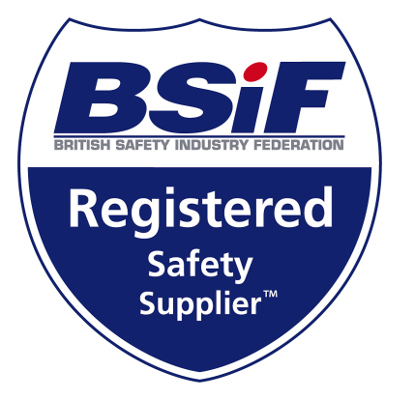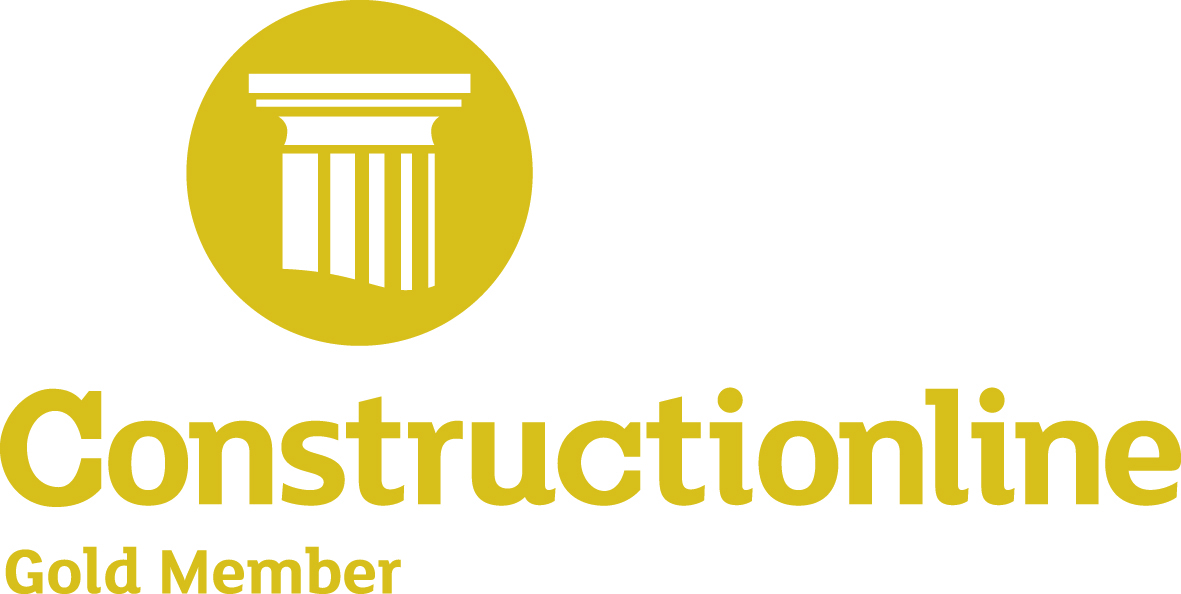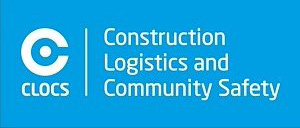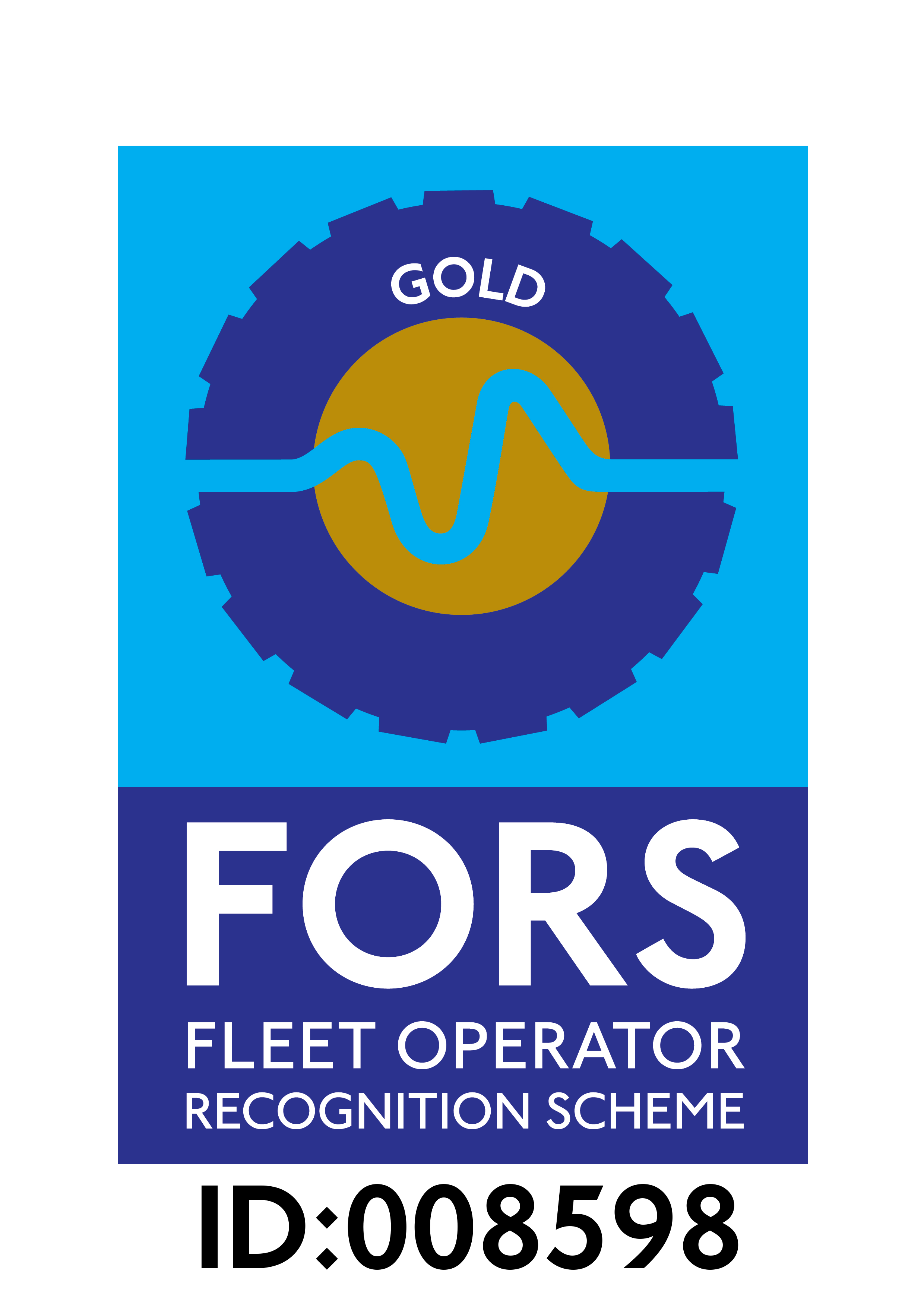Prevention is better than cure: Are your tools secure against falling?
Being struck by a falling, flying or moving object is the third highest cause of injury reported in the construction industry, killing about four people each year and injuring thousands more.
“Tethered tools can help reduce the risk of serious harm occurring to site workers and the public” says OnSite Support’s Damian Lynes.
 While the Health and Safety Executive does not identify the number of fatal and non-fatal injuries caused by objects falling from height, there is a good chance that many incidents involve working at height (consistently responsible for around half of all construction deaths each year). Even a falling tape measure can kill (and tragically has done so in the US) – a 500g object dropped from 15m has the same impact energy as a 75kg washing machine.
While the Health and Safety Executive does not identify the number of fatal and non-fatal injuries caused by objects falling from height, there is a good chance that many incidents involve working at height (consistently responsible for around half of all construction deaths each year). Even a falling tape measure can kill (and tragically has done so in the US) – a 500g object dropped from 15m has the same impact energy as a 75kg washing machine.
Despite the risks, there is no specific UK guidance on how to prevent materials, tools and other objects falling from height. So, while the 2005 Working at Height Regulations state employers must take ‘suitable and sufficient steps’ to prevent the fall of materials and objects, and to stop anyone being hit, it is left to companies to decide how to tackle the issue.
Of course, a risk assessment will form the basis of any prevention strategy. This should consider the safety of those carrying out the work, plus anyone working or moving in, around and beneath the working area, as well as the general public, if appropriate.
Common strategies include fitting toe boards and netting to prevent anything reaching the ground, along with exclusion zones around the working area. However, it is very difficult to contain everything that drops from height – objects can bounce and ricochet as they fall, which can render these measures ineffective: experiments have shown that a 3.6kg spanner falling from 67m and hitting a bar 6m off the ground can travel up to 128m.
With this in mind, prevention is better than cure, so secure storage of materials and tools is critical when working at height. When it comes to tools; belts, harnesses and tethering offer an excellent first line of defence.
“As with most PPE, choosing the right tethering system requires careful consideration, as often, tasks involve using many different tools and exposure to multiple risks. And, while safety is the priority, productivity is still important – consider the time that could be lost from dropped objects and the cost of replacing damaged tools and materials.”
Comfort is another key issue – a well-fitting tool belt or harness, that is also useable and easy to get on and off, will ensure users wear and use it correctly. Actively involving workers in selecting the most appropriate tethering systems for the job in hand should result in people being more likely to wear them.
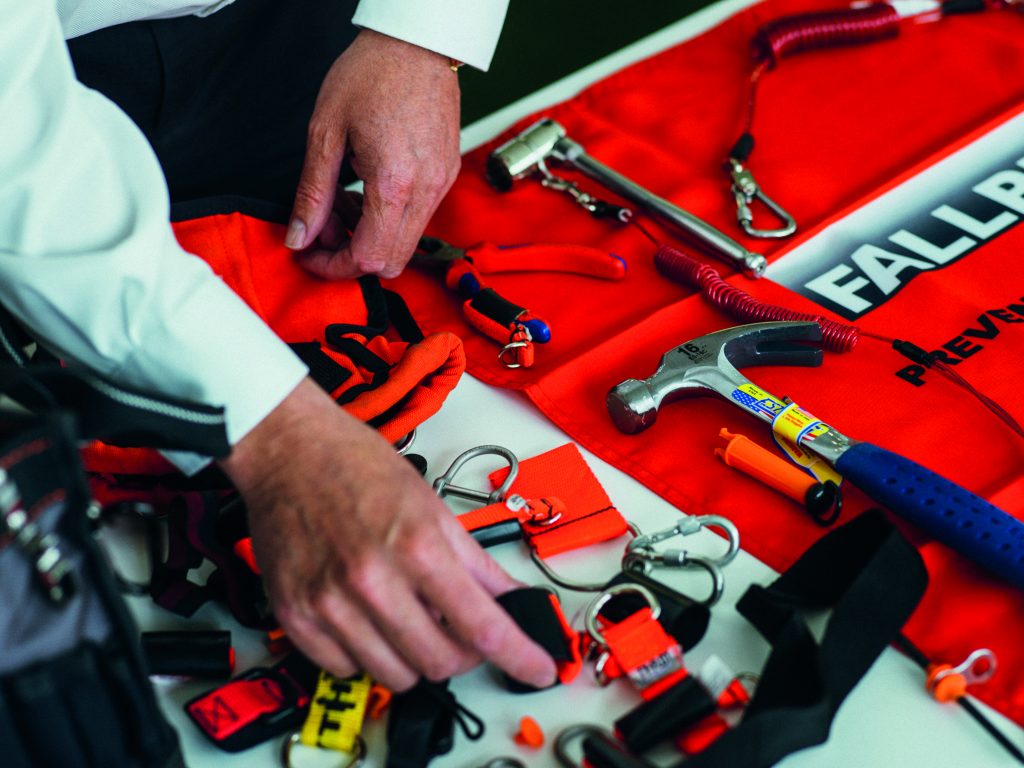 Tool tethering comes in all shapes and sizes, from simple lightweight lanyards for small tools, to heavyweight attachments for power tools, along with specialist tethers for water bottles, mobile phones and even tablet computers.
Tool tethering comes in all shapes and sizes, from simple lightweight lanyards for small tools, to heavyweight attachments for power tools, along with specialist tethers for water bottles, mobile phones and even tablet computers.
There are retractable systems that not only give more freedom of movement but also prevent lanyards getting entangled; ‘quick-release’ systems that allow tools to be changed quickly and easily; and those that enable tools to be attached to the wrist and allow them to be swapped between hands quickly and safely.
Using tethered systems does not necessarily mean replacing tools either; tools can be retrofitted with loops and rings, allowing them to be attached securely to belts and lanyards.
For principal contractors, managing health and safety compliance in the supply chain is a big challenge and ensuring that safe working at height practices are adhered to can be a particular area of concern. Training and regular toolbox talks, along with enforcement, are key, as is making sure subcontractors have carried out risk assessments and workers are properly equipped.
This does not necessarily have to be expensive exercise for the managing contractor or the subcontractors, but does require planning and forethought. It is worth speaking to PPE suppliers like OnSite Support, who will be happy to visit site to carry out a PPE audit and who will provide independent and expert advice on the most appropriate systems for activities and working conditions.
In the absence of specific guidelines for tethered tooling, the industry certainly needs to collaborate in this way, if it is to ensure workers, their colleagues and the general public are kept safe from falling objects on construction sites.
We offer a wide range of audits, covering all aspects of PPE, including working at height.
Alongside fall-prevention harnesses, our Fallproof range includes tool lanyards, tools, belts and pouches, lifting buckets and storage bags.
For more information or to book one of these services, please call us on 01293 744 444 or email [email protected].
Visit our Working at Height Hub today




